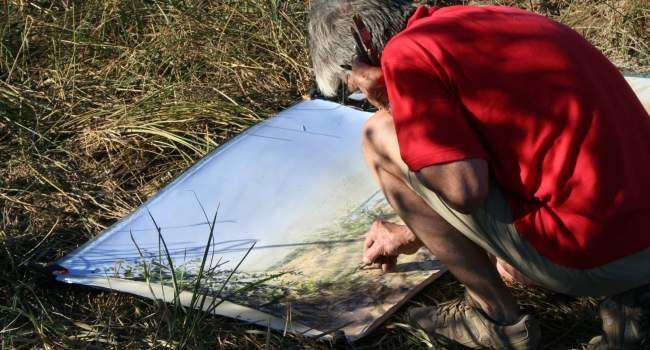Spring migration strategies of Whinchat Saxicola rubetra when successfully crossing potential barriers of the Sahara and the Mediterranean Sea.

Author(s): Blackburn E., Burgess M., Freeman B., Risely A., Izang A., Ivande S., Hewson C., Creswell W.
Published: April 2018
Journal: Ibis
Digital Identifier No. (DOI): 10.1111/ibi.12610
The ability of migrant birds to travel long distances without stopping to rest and refuel enables them to cross unsuitable habitats, such as deserts and oceans. This ability is likely to be a major determinant of their survival during such journeys. ‘Migratory barriers’ may act as a constraint on migration, leading through selection pressures to specialist physiology or behaviour. We know, for example, that crossing of the Sahara Desert is associated with an increased mortality risk, and many small migrants mitigate this risk by shortening the period they spend migrating over the desert or by seeking routes that avoid it completely.
With a changing climate and changes in land management practices, there is the potential for some of these barriers to become even more significant in the future. There is, therefore, an urgent need to understand more fully the migratory capabilities of small passerine migrants, and to identify the degree of flexibility they have when crossing potential migratory barriers.
Emerging tracking technologies, including the use of ‘geolocators’, are opening up our understanding of migration in small birds. However, there are limitations to these devices, in that the birds have to be captured again so that the tags can be retrieved and the information collected download; this means that we lack information from those birds that ‘failed’ during their migratory journey. Nevertheless, information from successful migrants can still teach us a great deal, as this piece of work on Whinchats demonstrates.
If the Mediterranean and the Sahara represent a barrier for Whinchats migrating between West Africa and Europe, then we might expect the maximum flight distances of individual Whinchats to match or exceed barrier widths, and for the birds to make rapid crossings of the barriers because stop-overs of any duration are limited (over the Sahara) or not possible (over the sea). We might also expect that, as a consequence of these earlier expectations, stop-overs made after completion of a barrier crossing to be longer than those made earlier in the journey. Finally, these behaviours might vary with age and experience, with individuals that have completed the journey before carrying with them knowledge of prevailing winds, stop-over opportunities and routes.
Geolocators were fitted to 179 Whinchats captured on the Jos Plateau in the Guinea savannah zone of central Nigeria over two years and returning individuals were recaptured in a subsequent year so that the tags could be removed and the data downloaded. The information gained revealed that Whinchats displayed distinct behaviour when crossing the Sahara, with longer flights, faster overall travel speed and longer stop-over duration afterwards compared to when crossing continental Europe. This provides some evidence for adaptive behaviours that act to shorten the period of time spent crossing barriers. Such behaviours were not evident when the birds crossed the Mediterranean Sea, presumably because it is less of a barrier.
However, many of the tagged Whinchats undertook long flights, fast flights and had long stop-over durations during other stages of the spring migration, regardless of the barriers types encountered. This suggests substantial variation in Whinchat spring migration strategies, something that may confer resilience to future changes in barrier width. It should be noted that such resilience may also depend on the presence of key stop-over sites and that what happens during autumn migration may be different from what happens in spring, when there is pressure to reach the breeding grounds.
This work was supported by Chris Goodwin, A.P. Leventis Conservation Foundation, AP Leventis Ornithological Research Institute, the British Ornithologists’ Union and the Linnean Society.







Share this page